Inked: The stories of tattooed teachers of Richland Northeast High
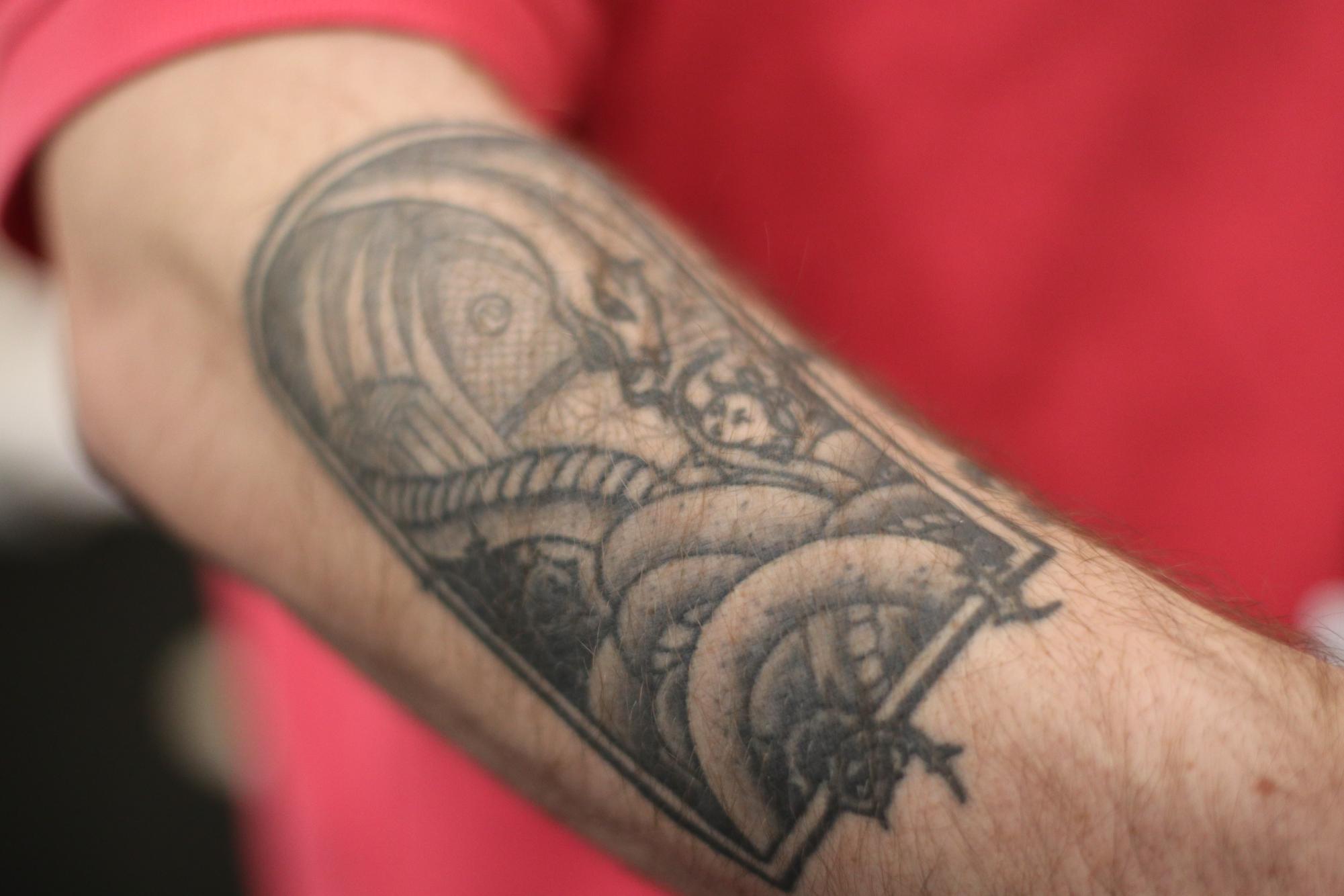
If you’ve ever had Mr. Moody as a microeconomics or economics teacher, you know that he has tattoos on many different parts of his body: the underside of his arm, his calves, his hand. Most notable is the sleeve on his right arm, which he said was a representation of a Brazilian prog rock band named Apocalypse.
The sleeve features four anthropomorphic horsemen below a setting sun. Moody said the idea behind the band was, “‘Enjoy today as much as you can, but live so [tomorrow won’t] hate you.'”
In contrast, Latin teacher Don Byrne has only one tattoo, and it serves as his wedding ring.
On his left ring finger is a Nigerian zodiac symbol, which Byrne’s wife also has tattooed on the back of her neck. “It kind of joins us together,” he says. “The meaning of the tattoo is, ‘love always finds its way home.'”
Tattoos have been around for thousands of years and have often been used as a form of expression throughout different cultures, including as exhibits of faith, symbols of protection, and methods of identification, according to Smithsonian Magazine. The ancient Greeks and Romans, for example, used tattoos to mark themselves as members of a particular religious sect. And among the Maori people of New Zealand, facial tattoos that were unique to each individual were used to show ancestry, status, and skill set.
Tattoos also serve as a form of expression throughout the modern US: Pew Research Center reported that approximately 32% of Americans have at least one tattoo amid a cultural shift towards a more accepting view of them; they’ve generally become less associated with criminals and soldiers and much more so with everyday people.
Despite this apparent shift, South Carolina was one of the last states to legalize tattoos. Under Title 44 of the state’s Code of Laws, it’s still illegal for anyone to tattoo or even offer to tattoo an individual under 18 years of age, even with parental consent. This could be considered harsh or outdated to some people, given that other states such as Florida allow minors aged 16-17 to get one with permission from their parents.
Nevertheless, there are more and more adults who have and actively show their tattoos nowadays, including several teachers at RNE.
Moody says that he measures the amount of tattoos he has by area: both of his calves, the inside of his left arm, the three-fourths sleeve up to his shoulder, his back, parts of his chest, and his hand. “About twelve sessions’ worth,” is his estimate.
“[I have] more memories attached to the tattoos than anything else,” Moody said. Some of them are significant, though – the inside of his left arm contains the logo of a 90’s punk band called Antischism, the guitarist of which is close friends with Moody.
Moody has many other tattoos, but one that’s more associated with memories than others are the tattoos on his hand. “I got [it] tattooed when I was on tour playing one of my bands in New Jersey. One of my best friends started giving out tattoos… and a good rule of thumb is that [if someone] offers you a free tattoo, either say no or [get one] really small.”
Out of everyone, art teachers would probably be the most likely to have tattoos, given their inclination towards creative expression. Visual arts teacher Amanda Ladymon says she has five tattoos in various places on her body, including matching Gemini tattoos on each of her feet to represent her zodiac sign.
She says her favorite tattoo is probably her most recent one, which she got as a gift to herself for her fortieth birthday. It’s a panda bear with a black cat on its lap surrounded by leaves and flowers. “My nickname growing up was Manda Panda, so I’ve always loved panda bears.” She also got it for a number of other reasons, too: “I’m a mom,” she said. “I have two kids, and I’m very protective of them, so I call myself Mama Bear.” She says that in a way, that’s what makes the panda her spirit animal.
The upper left corner of her back is colored in black calla lilies, a deep purple flower that she says represents her daughter. “I got [that one] when my daughter was about one or two, and her name is Lily, so that was kind of an homage to her.” Ladymon also chose to remember her grandmother by featuring a butterfly among the calla lilies. “My grandma always loved butterflies, so it’s a connection from that generation to my child.”
US history teacher Kyle Sanders offered some good advice in the way of getting a tattoo. “Just make sure you go through the official channels when you’re getting your tattoos, and use official shops. Don’t go in anybody’s basement, because that’s how you get diseases,” he laughed.
Sanders has seven or eight tattoos all over his arms, his favorite being the Rescue Rangers illustration on his left arm. “A lot of [my tattoos] are tied to my childhood and special memories that I had growing up,” he said. “Things that I felt shaped me as a person.”
Biology teacher Dawn Fluellen also offered some tattooing advice, recommending that anyone getting inked make sure the parlor they go to is clean and that the artist has all of the proper qualifications, which should be in full view on the wall or some other highly visible space.
Fluellen has six tattoos, some of her favorites including her husband’s initial on her ring finger. She also has a bouquet of flowers on her right upper arm, which she says represents her love for flowers.
The one that’s most significant to her is the cat tattoo on her wrist, which matches with the one her sister has. “When we put our hands together, they high-five,” she said. “It’s really special to me.”
Science teacher and National Honors Society advisor Brooke Crigger has seven tattoos, some she did herself as well as some she got done professionally. She has three small ones on her back – a Celtic symbol that represents family, a shamrock, and a moon with a rose. Another three on her ankles and feet include a tree, a wave, and a couple of dandelions.
The last is the forget-me-not on her arm, which she says is one of her favorites. “I got that when my grandmother passed away, so it’s gonna end up eventually [being] a memorial tattoo,” Crigger said. She added that when she gets around to it, she’s going to do the same for other family members as well, with different flowers representing different people.
Crigger believes that the stigma around tattoos has mostly faded out. “When I was growing up, it used to be like, [you had to] get it in a place where you could hide it for work, where people can’t see it. But I don’t think that’s much of an issue anymore, people are pretty accepting of tattoos. They’re fairly normalized.”
And she’s not wrong, according to an article published by Alternative Press. “With each passing year, society does seem to adjust more to tattoo culture.”
But it was a long time before the tattoo industry earned widespread popularity, as well as an international net worth of $1.6 billion. In the US, tattooing started out as a Native American tradition before it later became popularly associated with sailors. In the late 1800s and early 1900s, tattooed women were even known to be a part of the circus.
Over time, tattoos started to filter into everyday society. Near the beginning of the 20th century, a man named Martin Hildebrandt invented the tattoo machine and became the first professional tattoo artist, and for decades after, tattoos were legal around the country.
Starting in the early 1960s, tattoos were banned because of unsanitary procedures that contributed to the spread of hepatitis. The ban was lifted in New York in 1997 as other states around the nation were doing the same.
There were and still are conflicting views about tattoos in South Carolina, even after other states were lifting their bans. Tattoos were banned from the 1960s until 2004, a full seven years after New York first lifted theirs. The primary reason behind the ban had shifted over time, from the concern about hepatitis to tattoo’s growing association with drugs and other illicit activities in the later years. They’ve become mainstream in local culture since the ban was lifted, with dozens of tattoo parlors cropping up all over Columbia. However, South Carolina is still the only state where parlors cannot offer face, head, and neck tattoos.
Though tattoos are fairly normalized now, it was a long time before tattoos in South Carolina reached that status.
When Moody was a teenager, it was still illegal for a South Carolinian to get a tattoo in the state, and Moody explained that if someone wanted one, they had to go to Charlotte when they turned 18. “It was much more focused on tattoos being a little bit less mainstream.”
When he was a young adult, he was mainly working in restaurants and print shops, and he opted for a three-quarters arm sleeve instead of a full one, so that he could hide it for work if need be. “I didn’t start teaching until later on, in my late twenties, early thirties. It’s never been an issue [nowadays]. If anything, kids like to talk about it.”
Moody speculates that South Carolina prolonged its tattoo ban because of its more conservative religious notions. “There was and still is, a huge influence of like, Leviticus religious beliefs, that say, ‘Don’t tattoo your body.'” He believes a lot of that has since fizzled out since the ban was lifted.
Fluellen and Byrne also haven’t had any difficulties in their careers because of their tattoos. “I did, in the beginning, try to keep them more covered up,” Fluellen said, “but since everyone has them now, I don’t really worry about it too much.”
Byrne lived and taught in North Carolina for several years before he started teaching at RNE, and his outlook on tattoos has changed significantly alongside the laws. “I honestly used to associate them with white men. Soldiers. Biker gangs,” he said. “I would just say it’s broadened out. The market has really opened up. Tattoo parlors must be loving it.”
“Soldiers still get tattoos, of course,” he added. “It’s still really popular near military bases.” In fact, there happens to be a tattoo shop called Black Dahlia Tattoo near Fort Jackson. “[But] lots of different people are getting tattoos nowadays.”
Your donation will support the student journalists of Richland Northeast High School. Your contribution will allow us to attend conferences, purchase equipment and cover our annual website hosting costs.




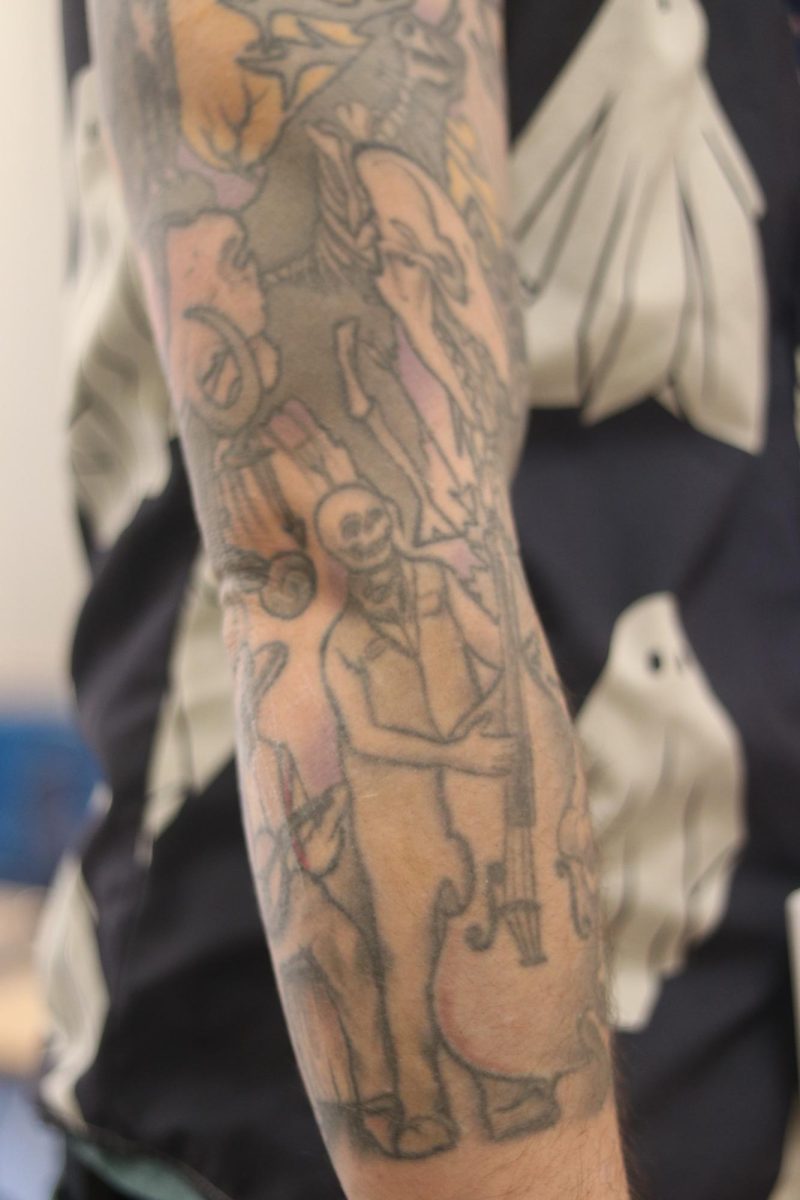
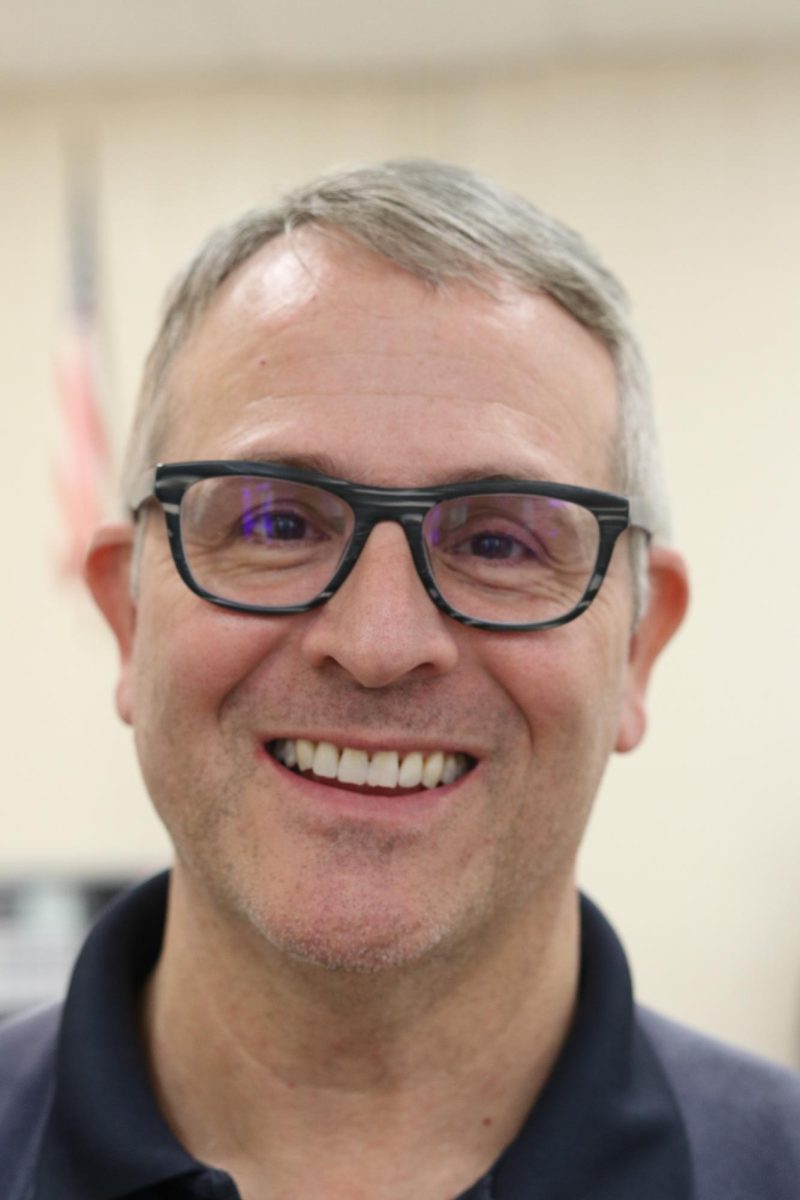
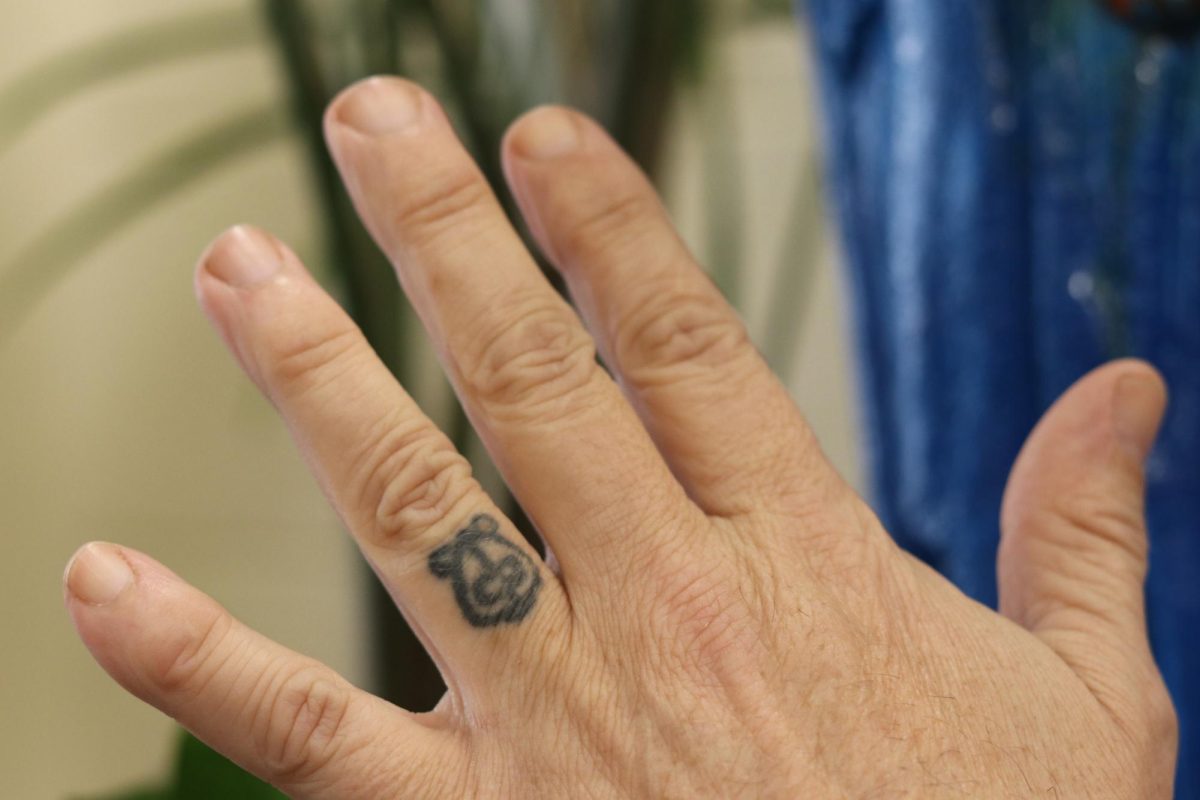
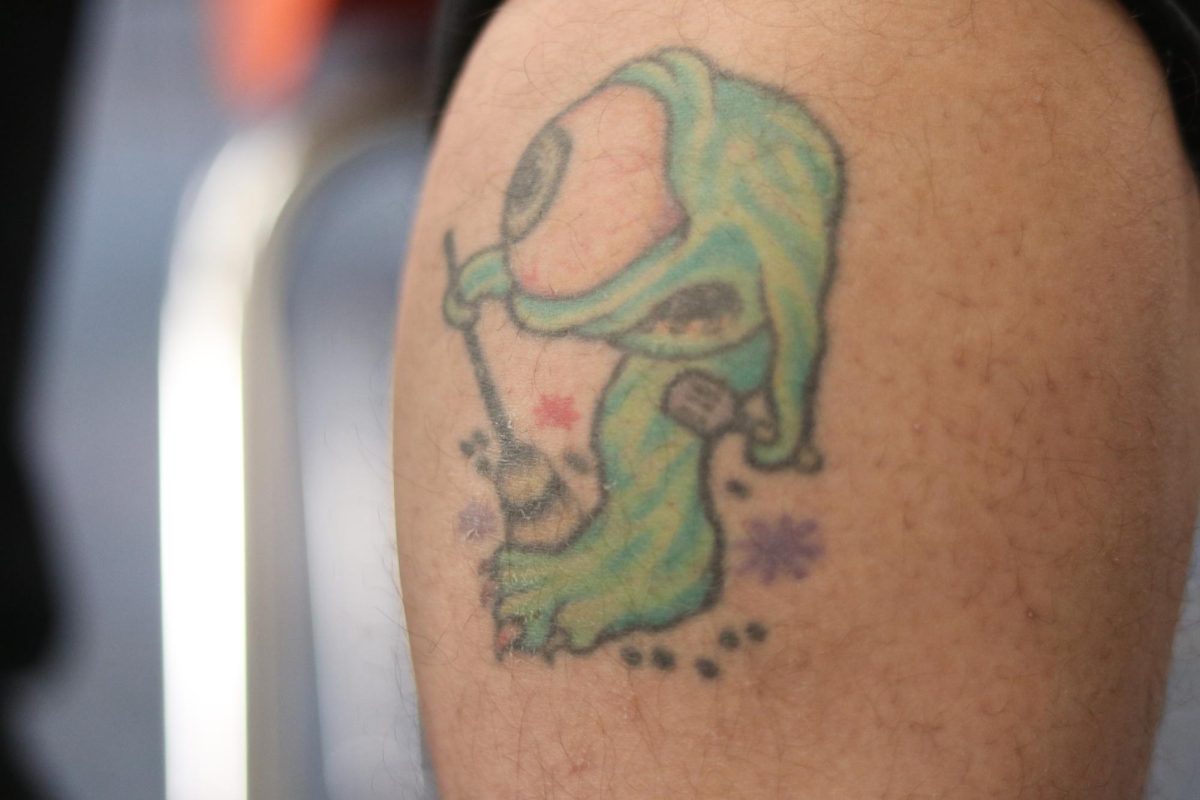
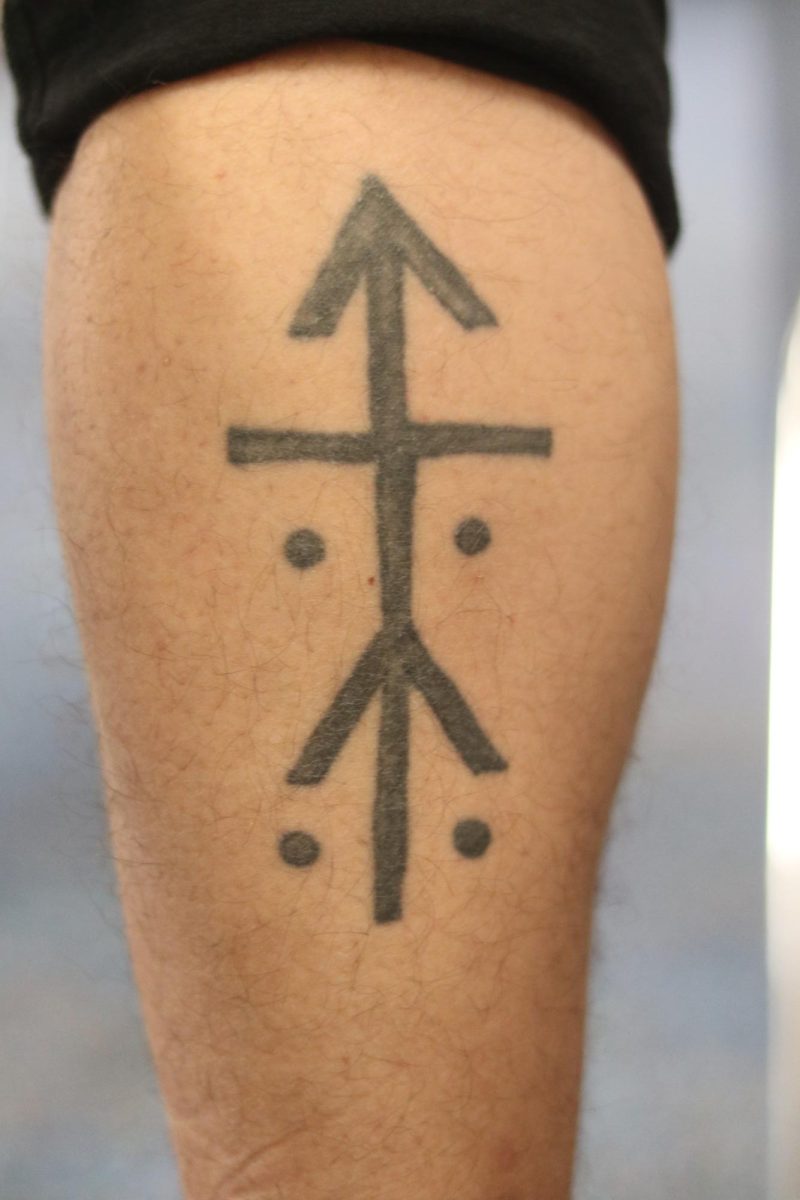
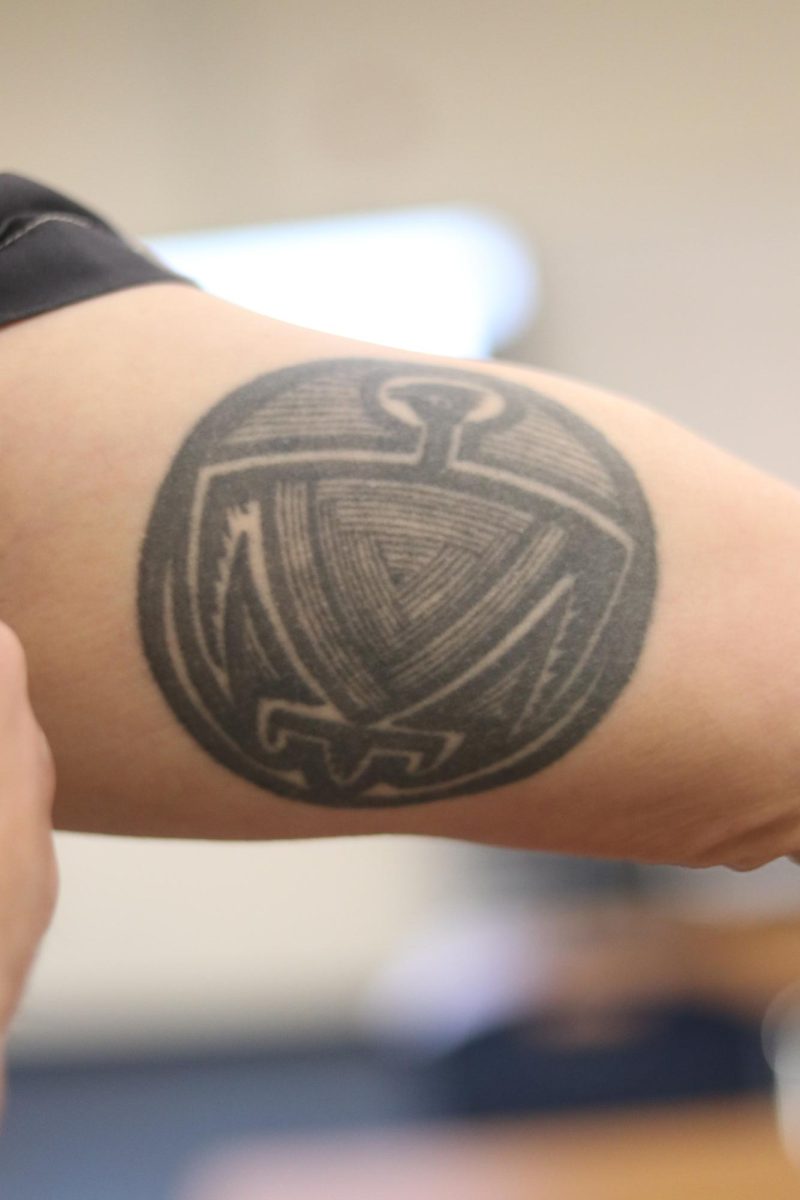
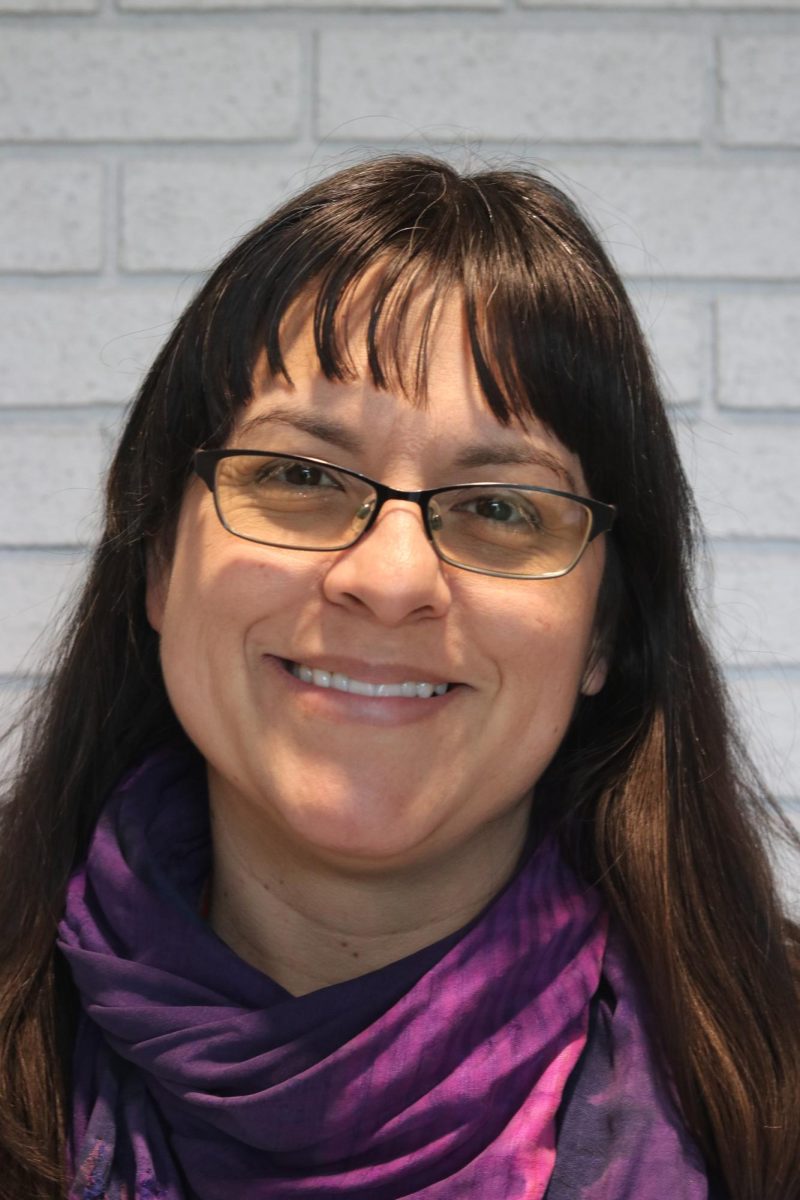
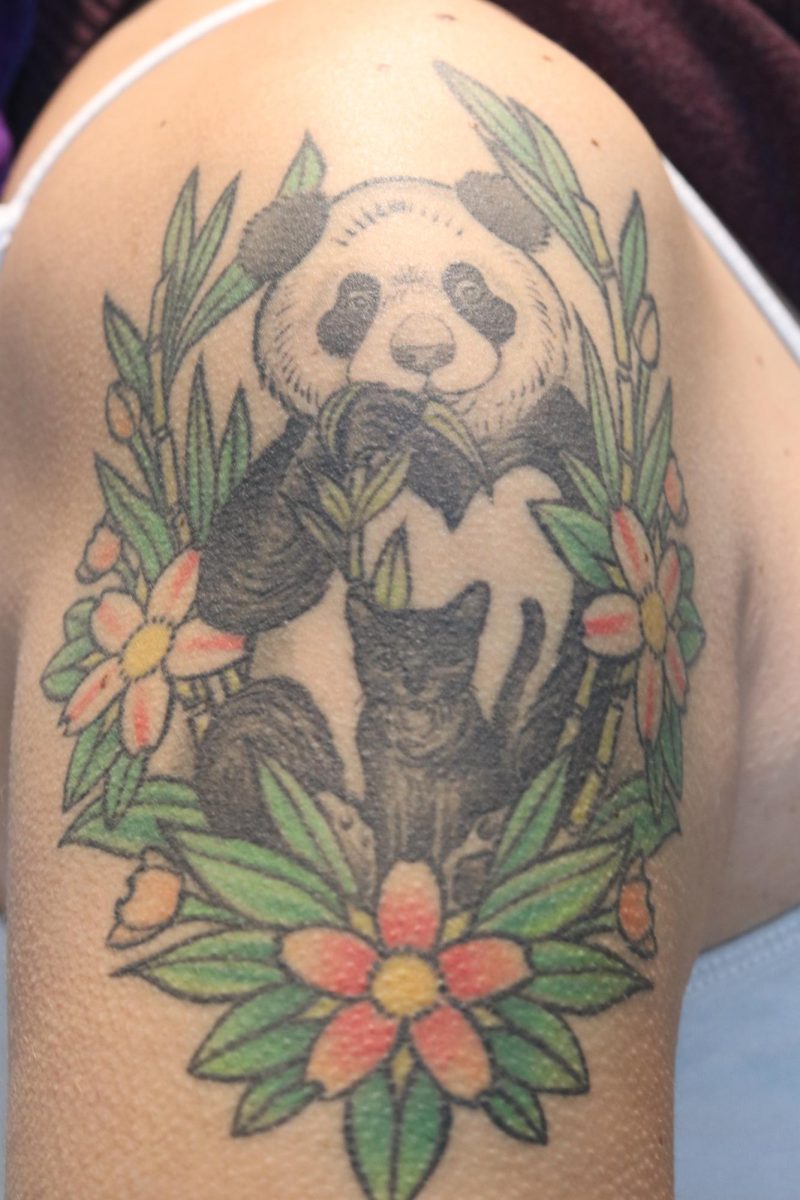
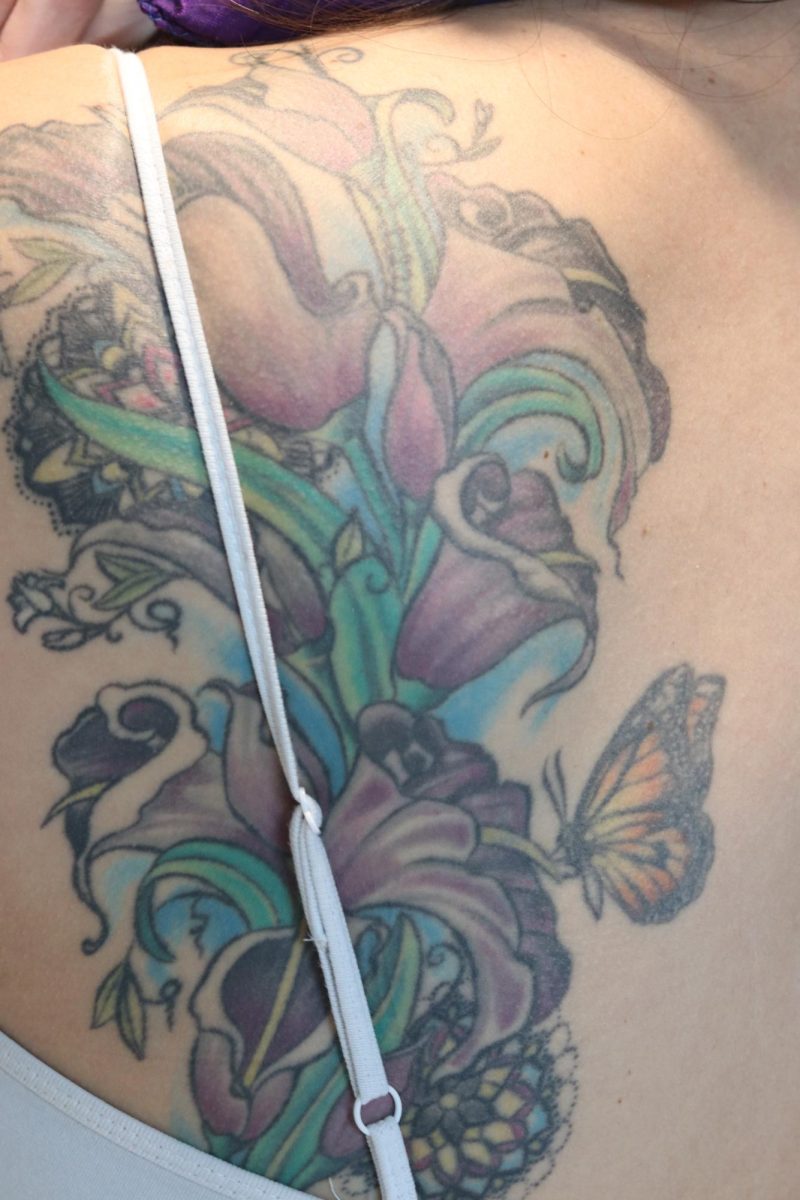
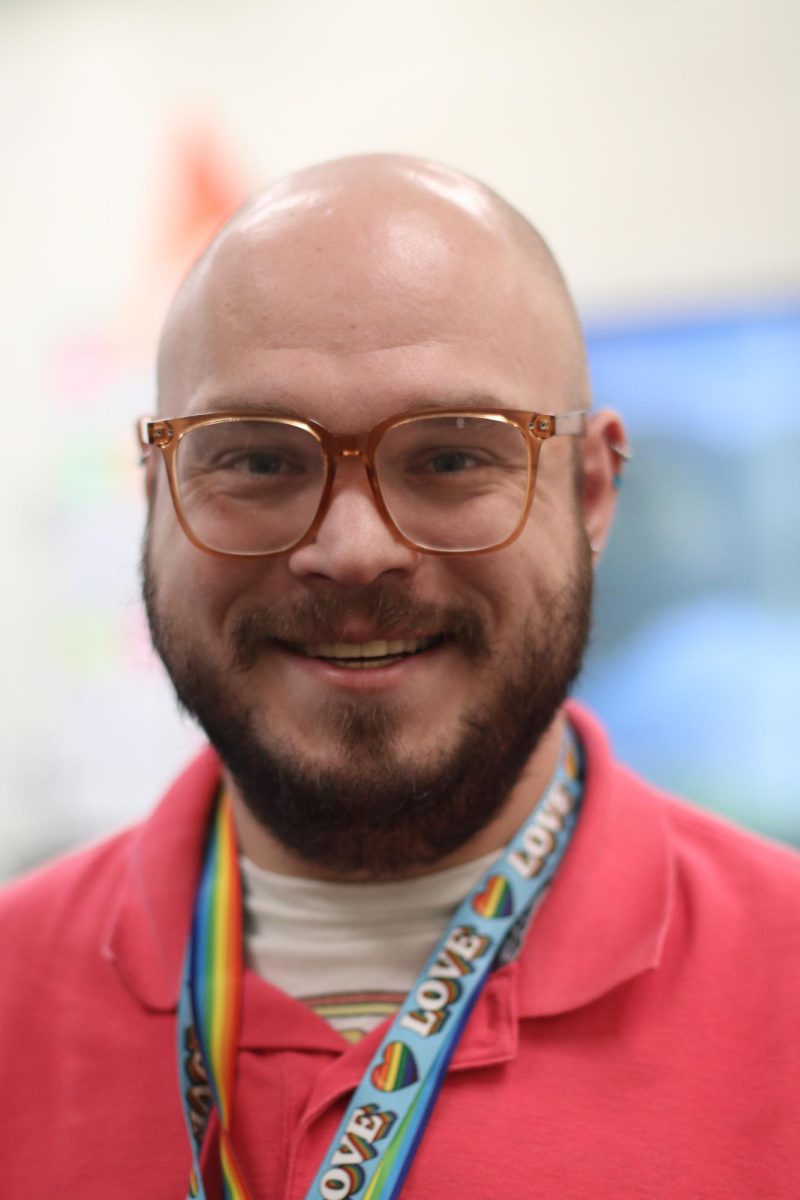
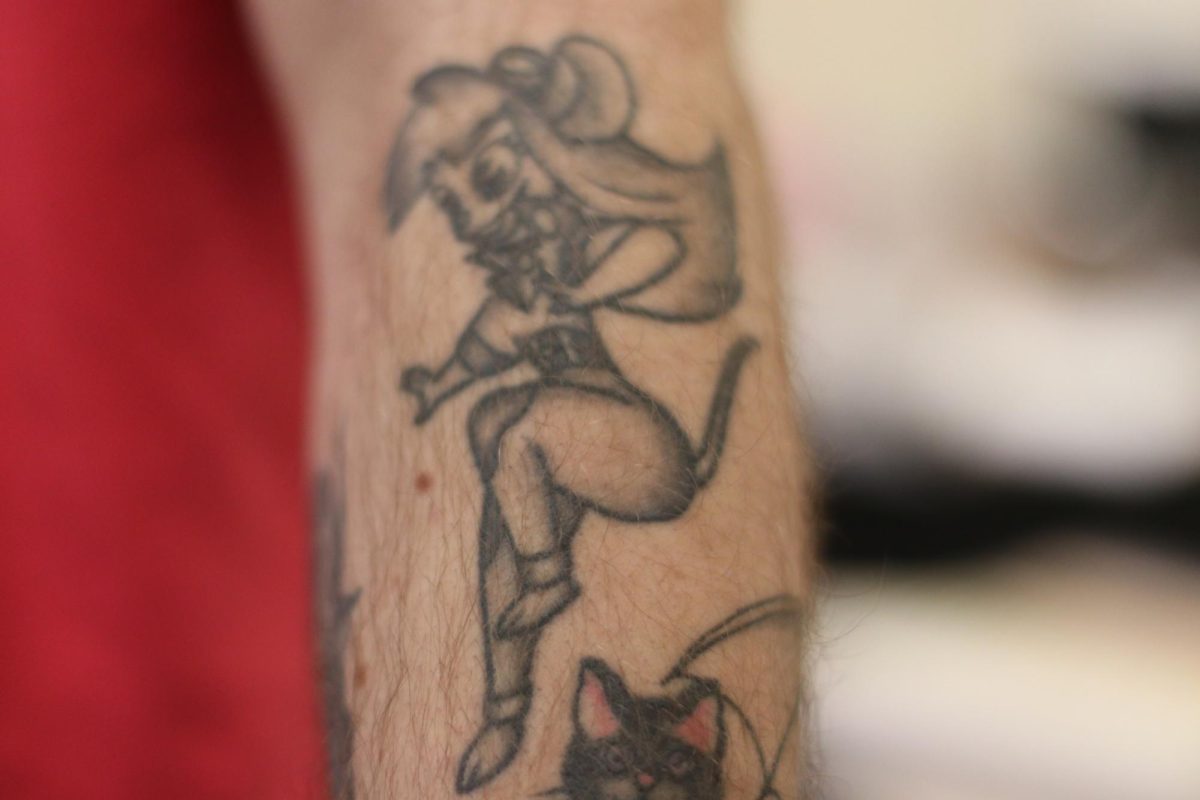
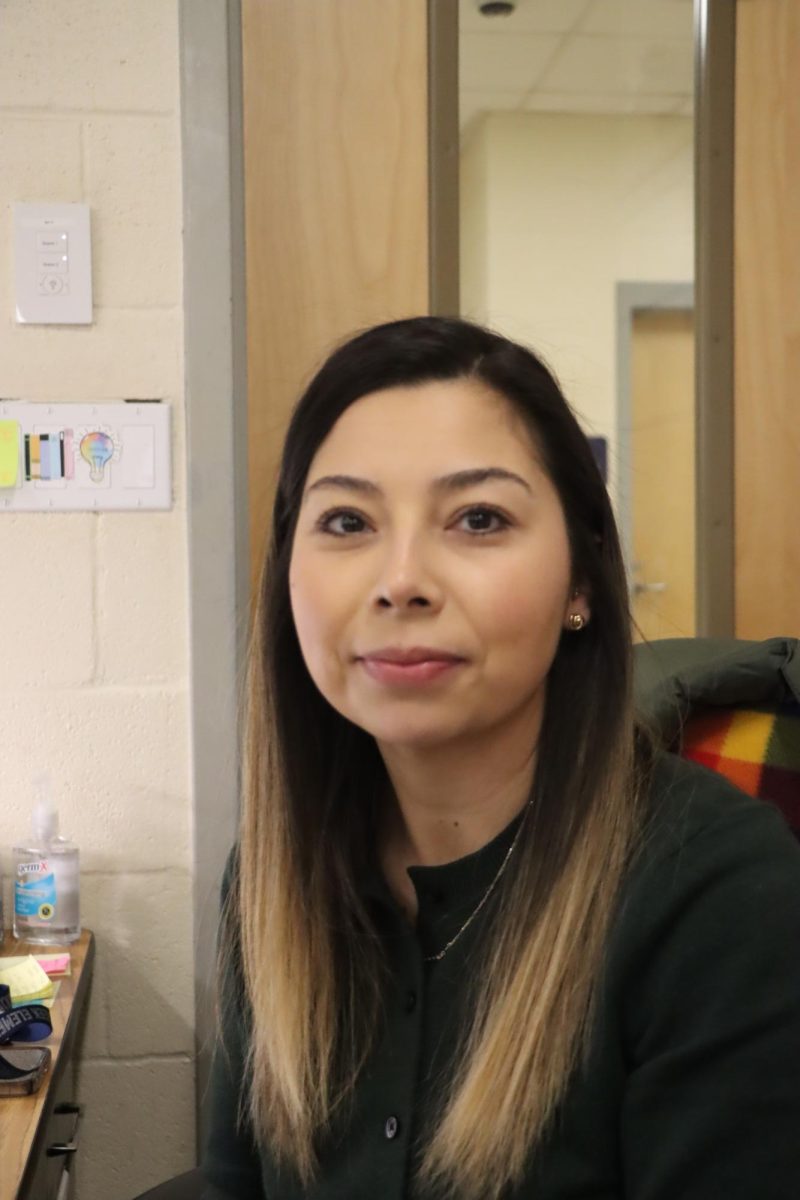
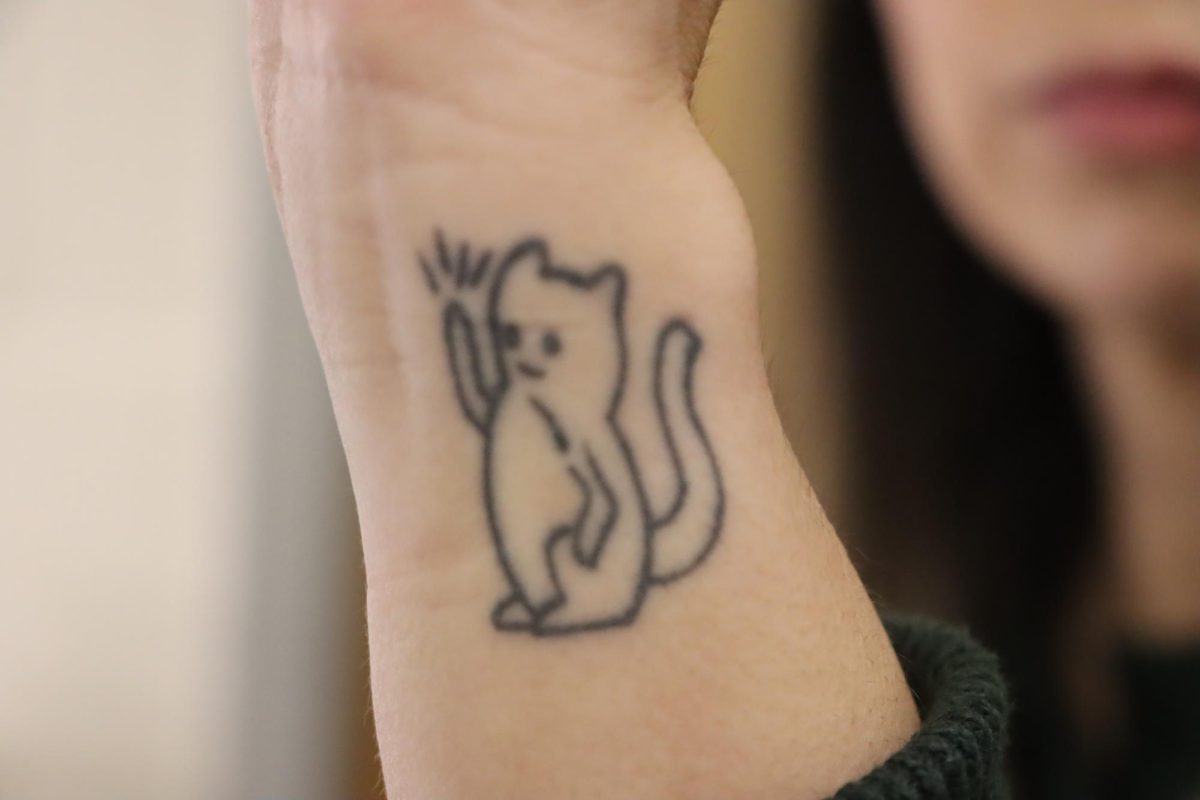

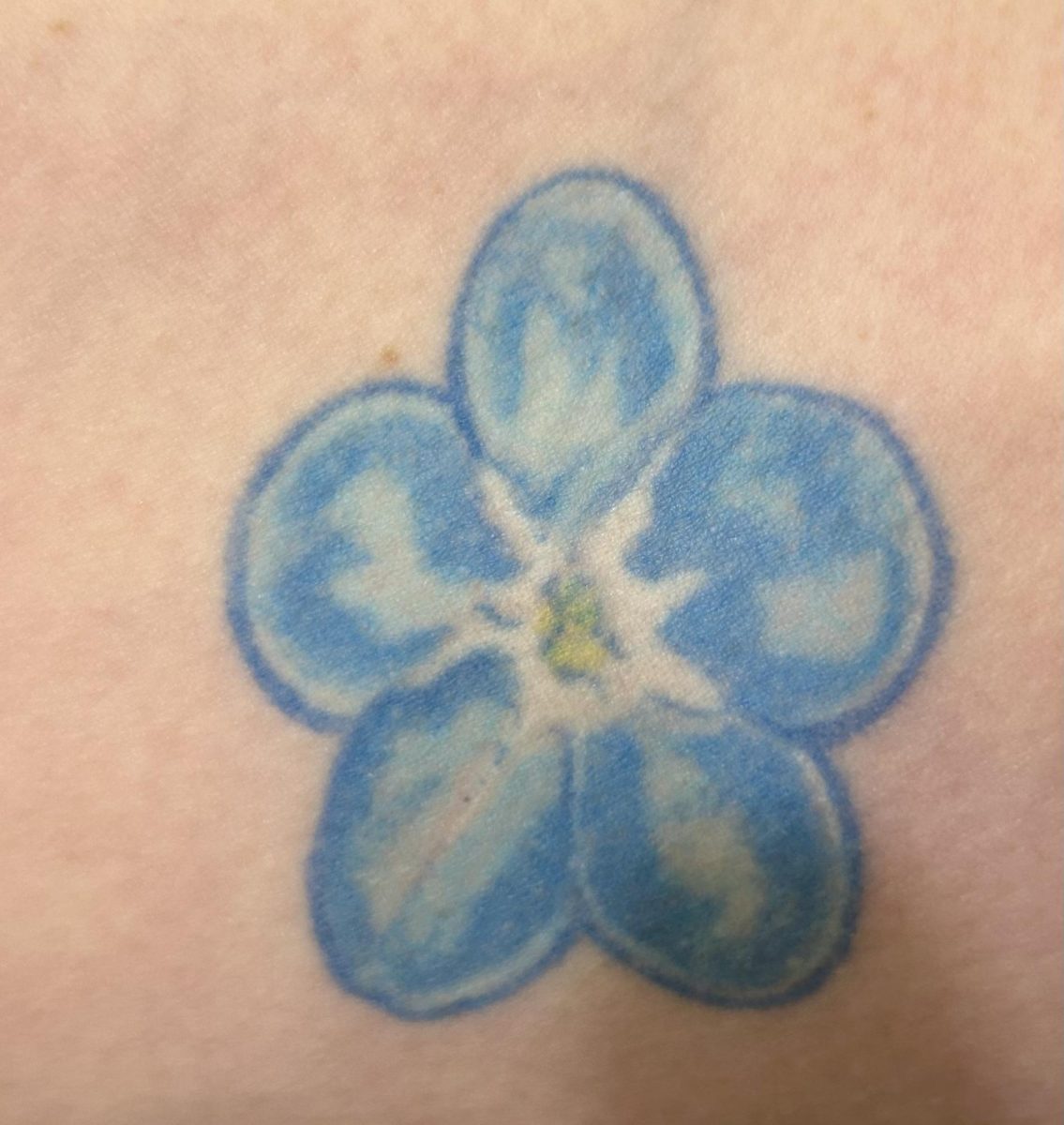
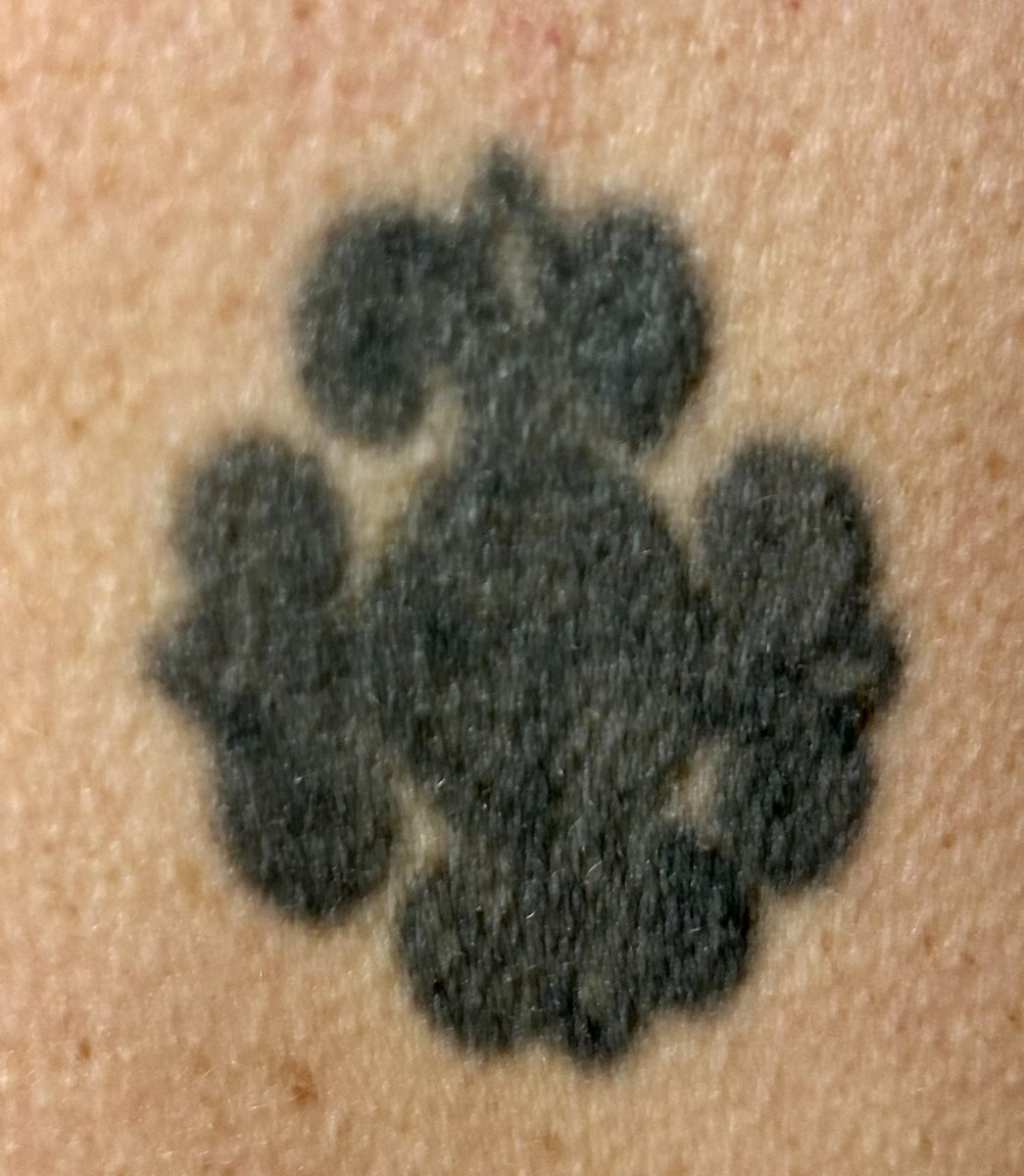
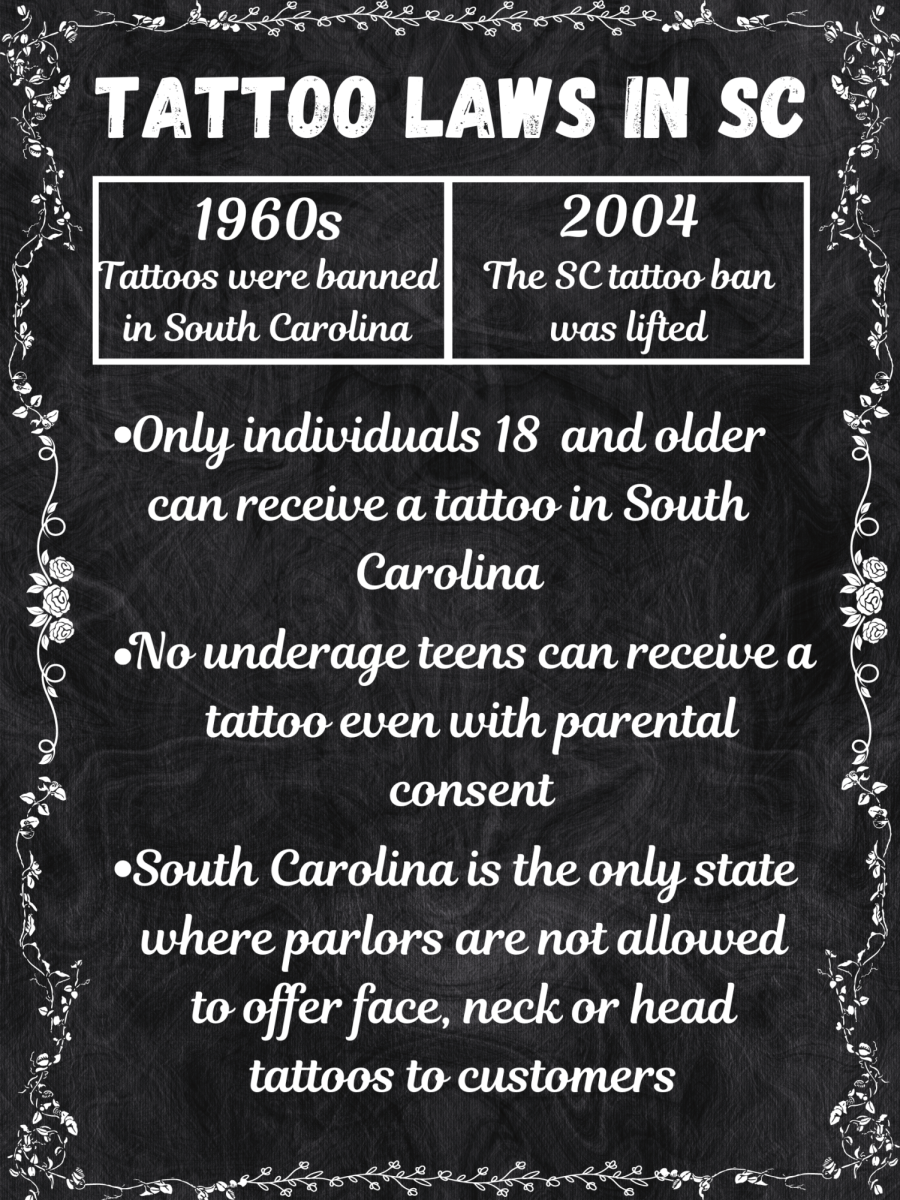
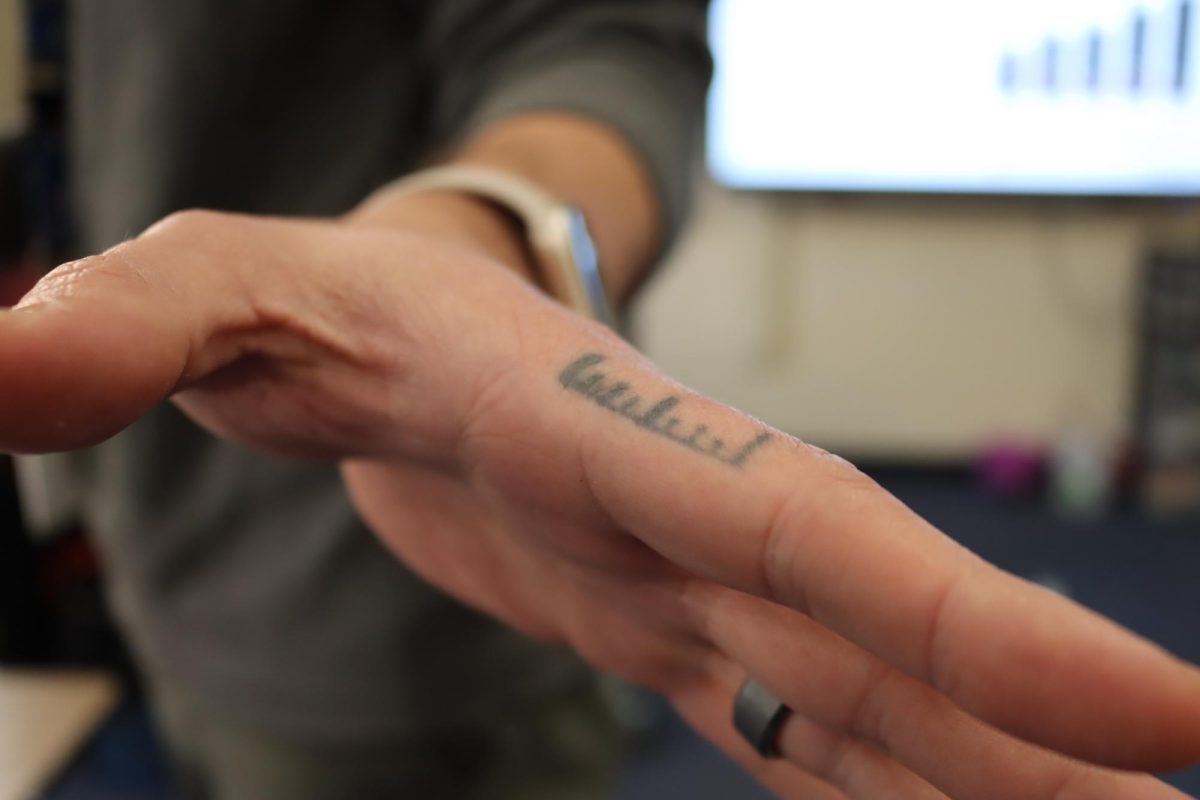
![Donald Byrne posing for a picture with his ring finger tattoo. "The [tattoo] market has really opened up," said Byrne. "Tattoo parlors must be loving it."](https://thesaber.org/wp-content/uploads/2024/05/IMG_4631-e1715713496237-900x1200.jpeg)
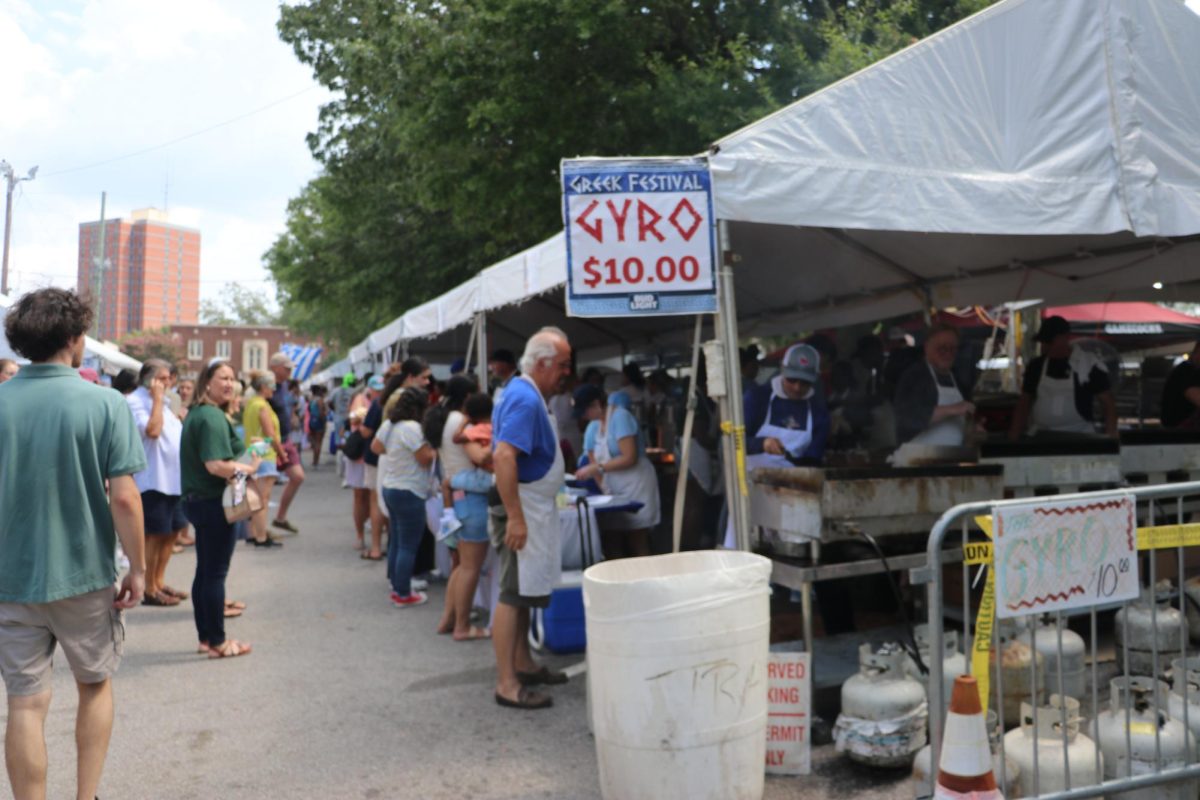







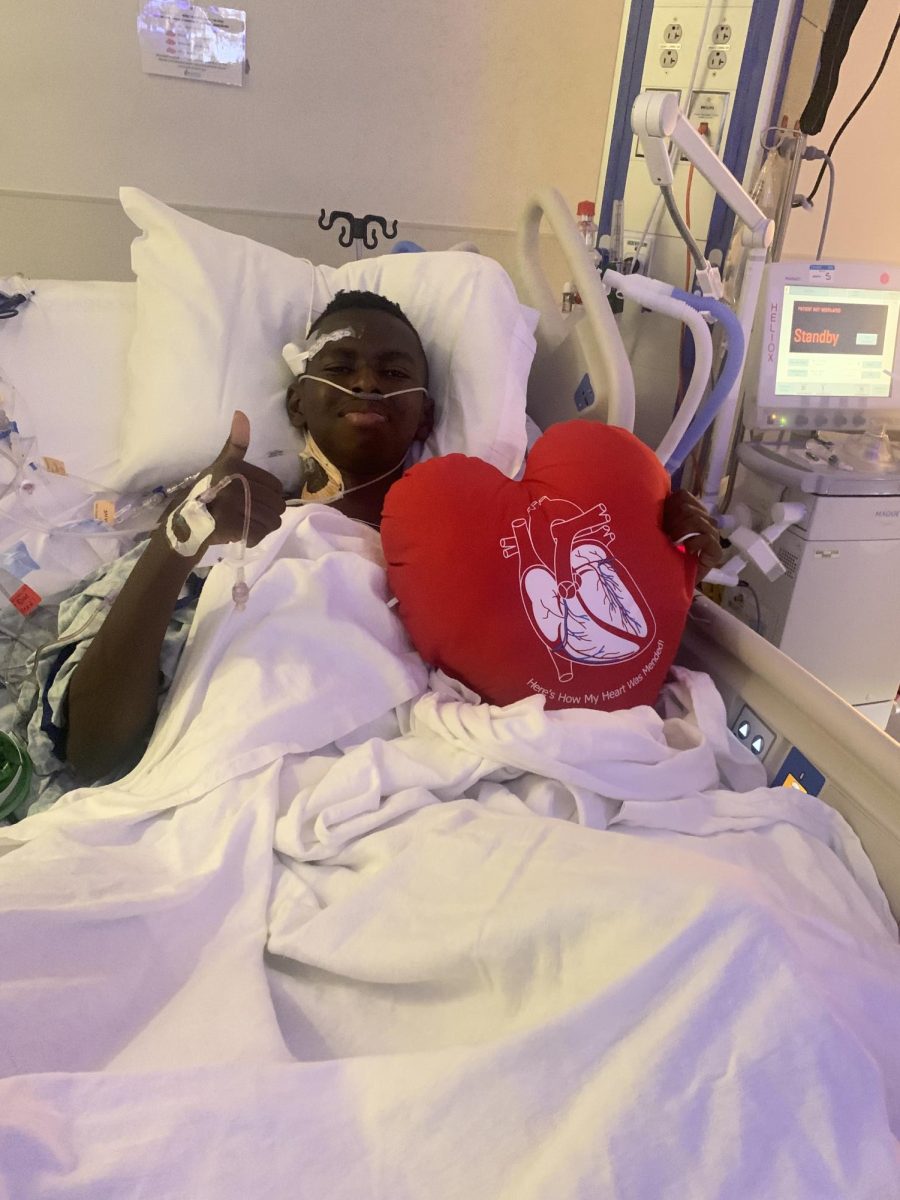


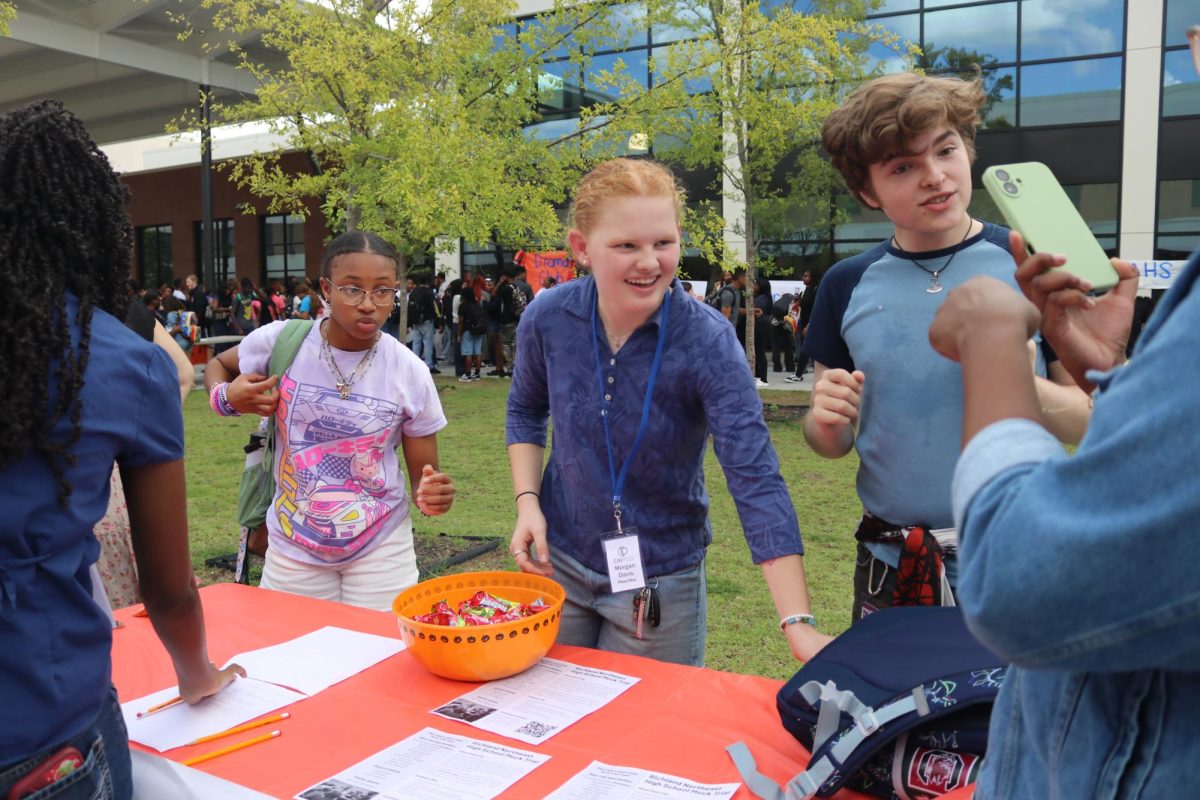
Sherry Ojeda • May 28, 2024 at 10:05 AM
Great job on the tattoo story Lyra!